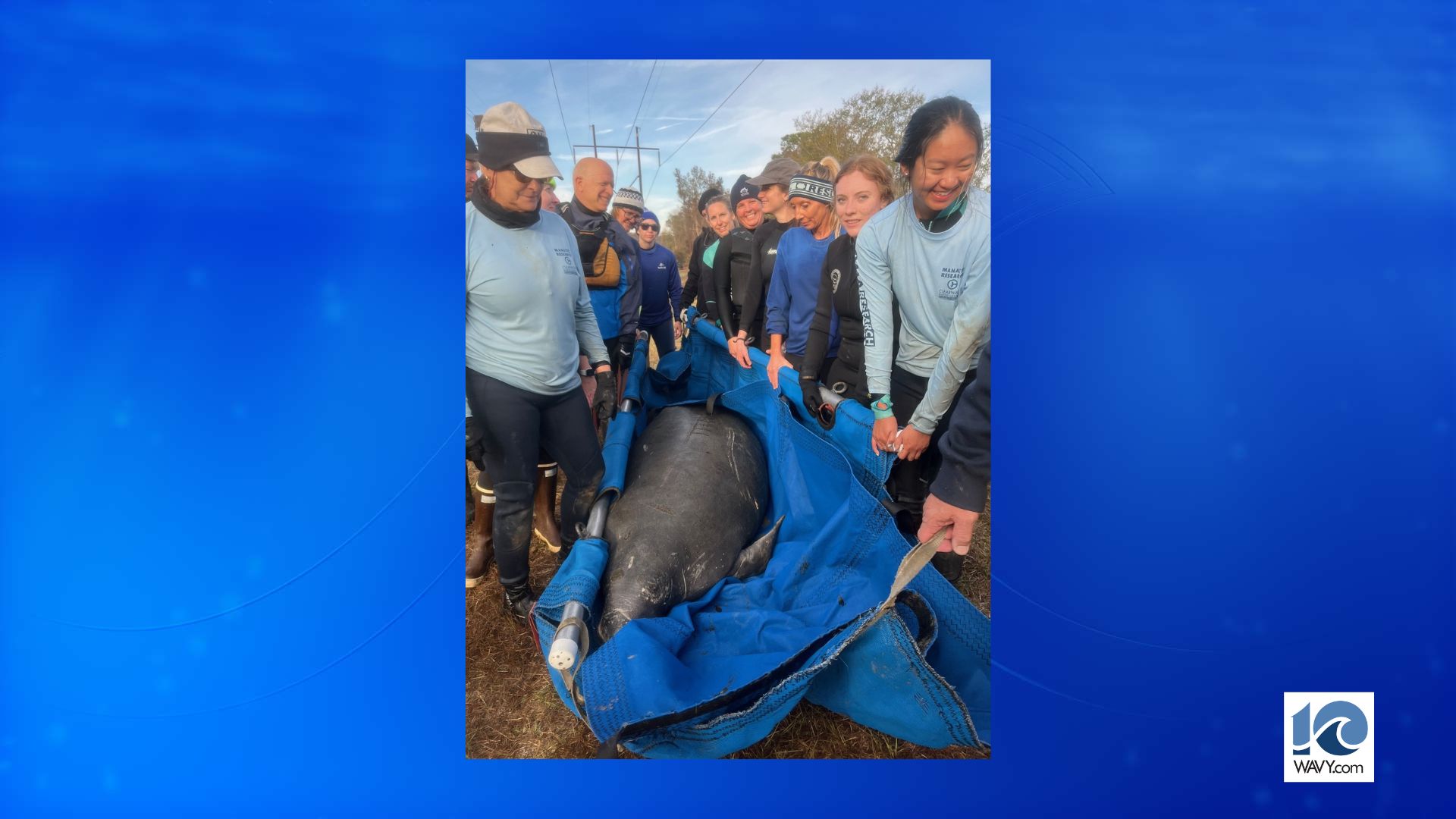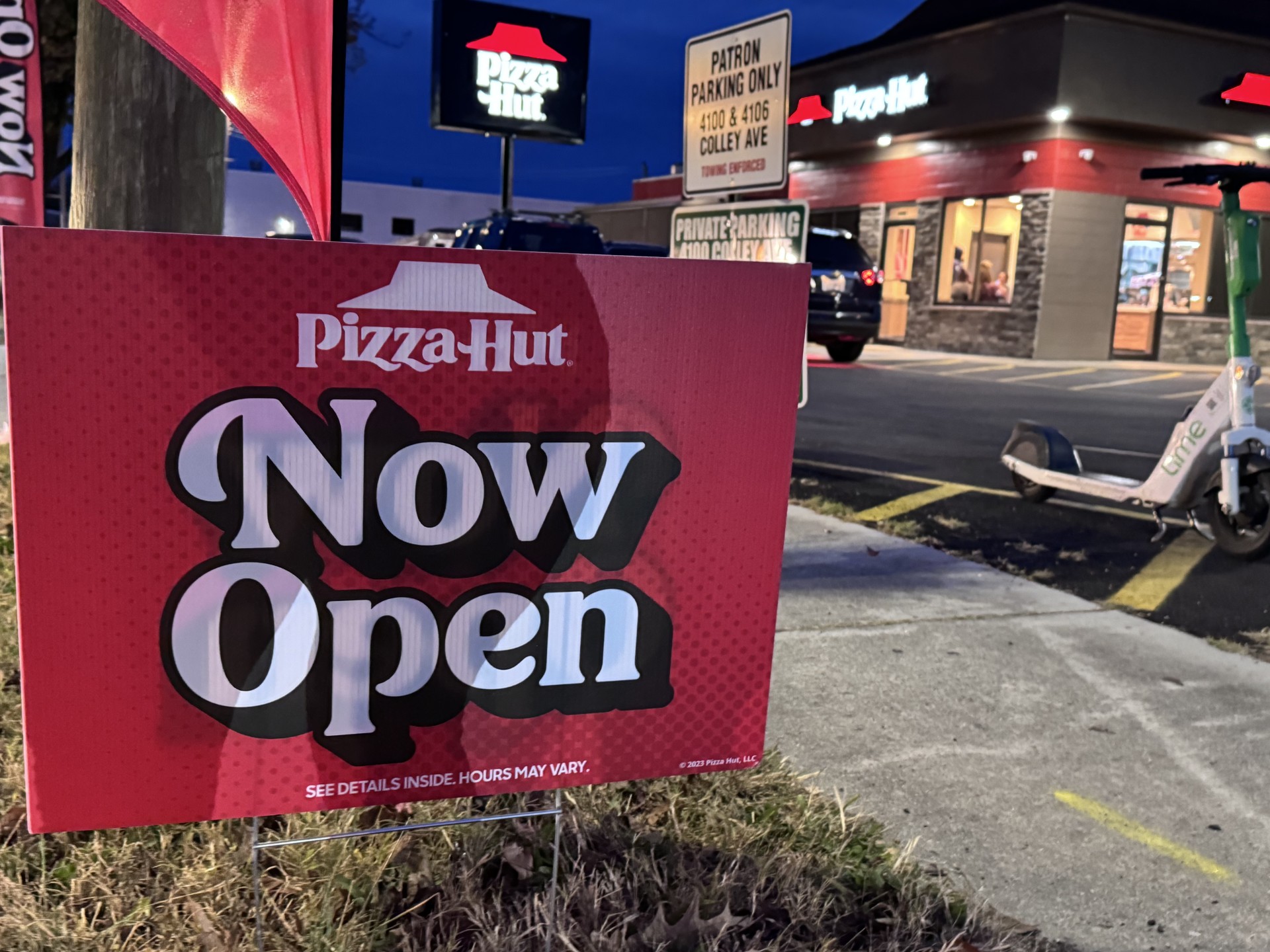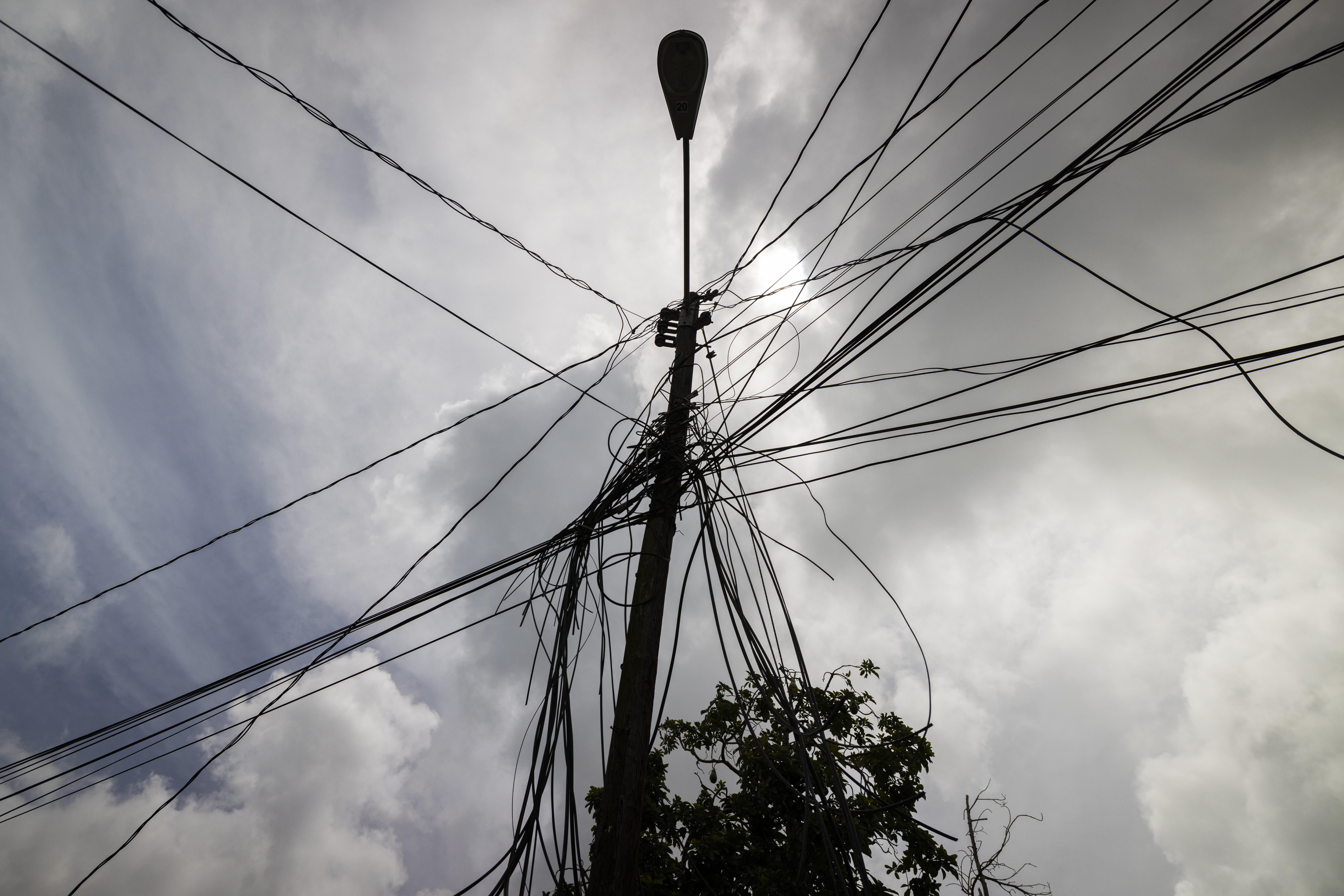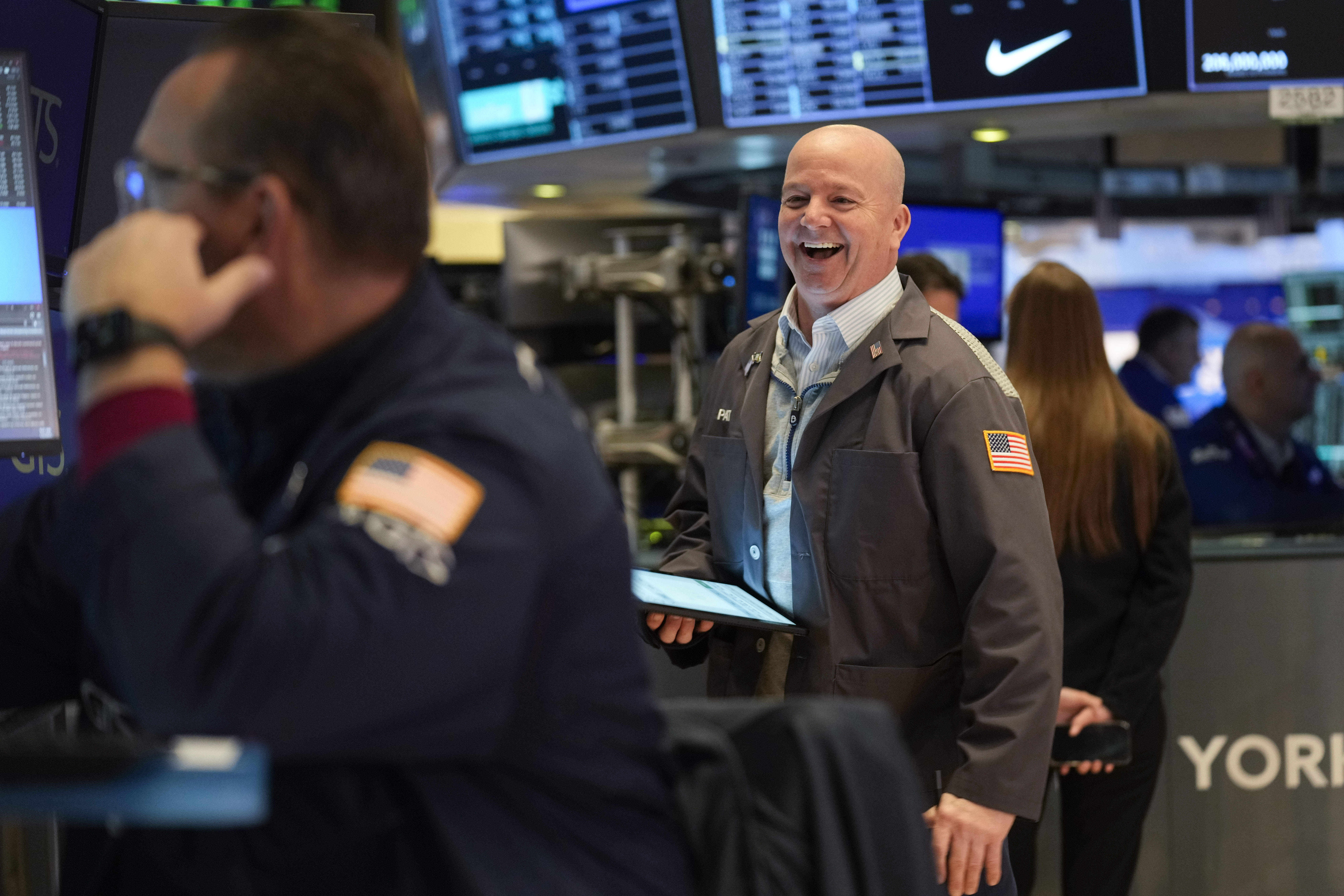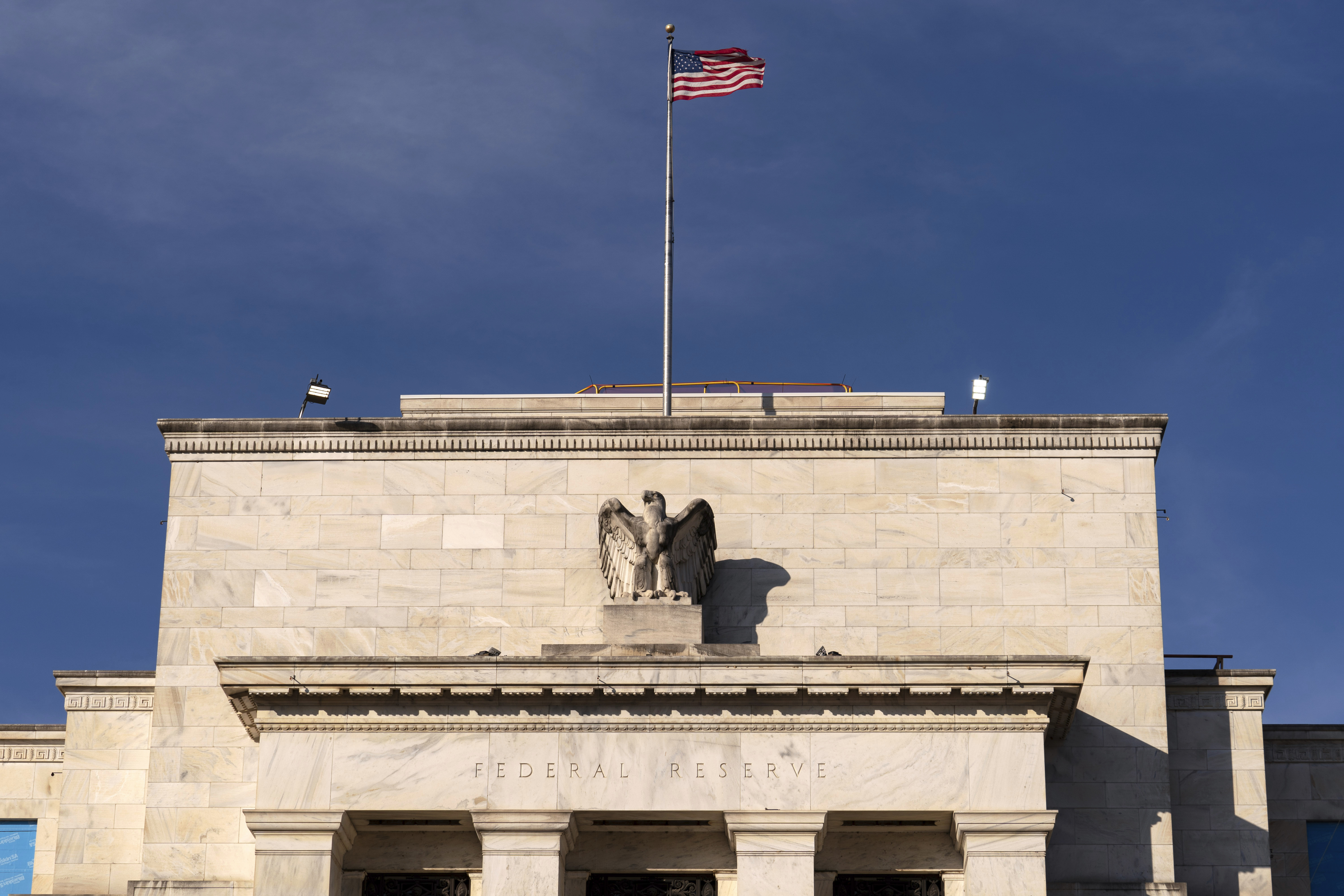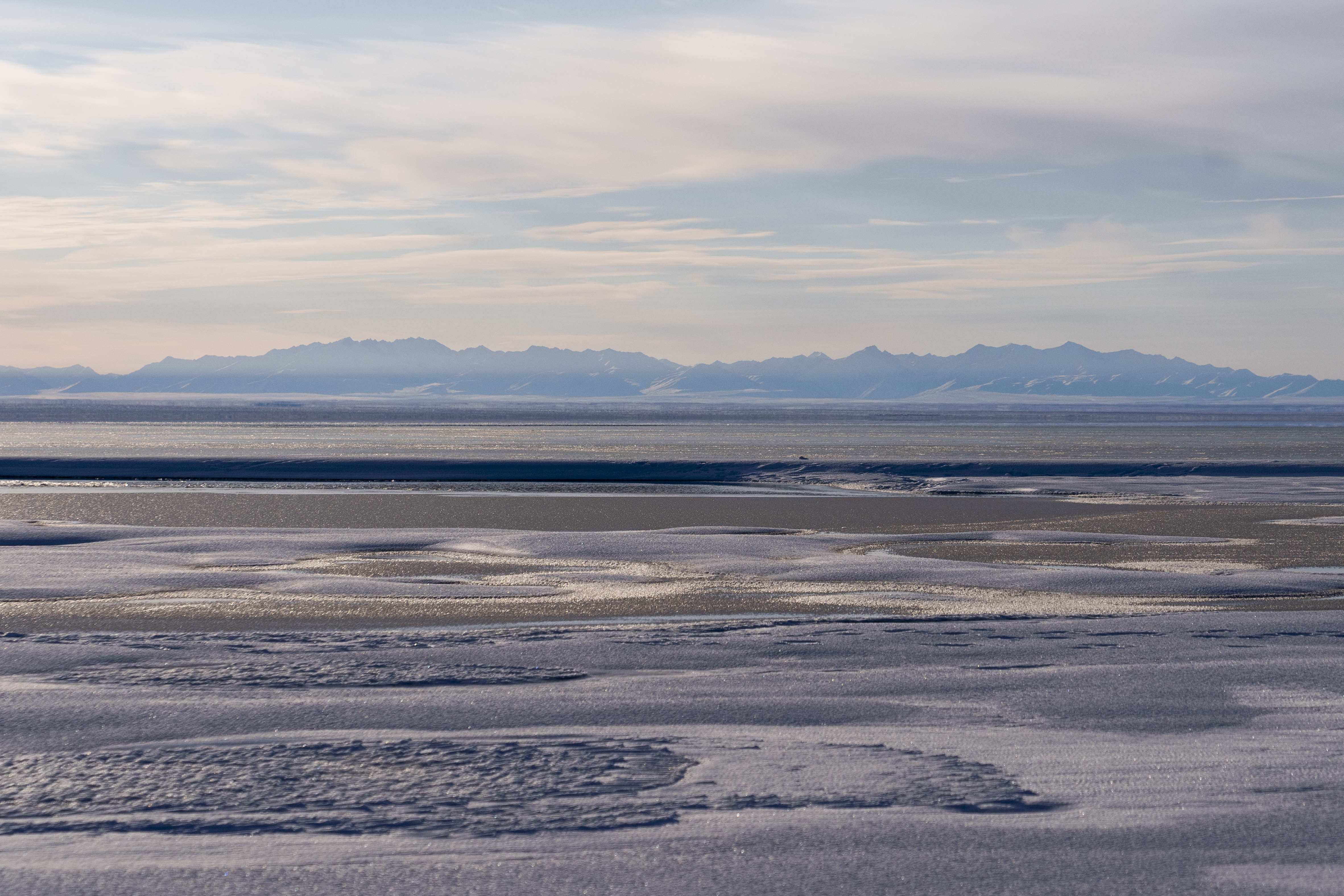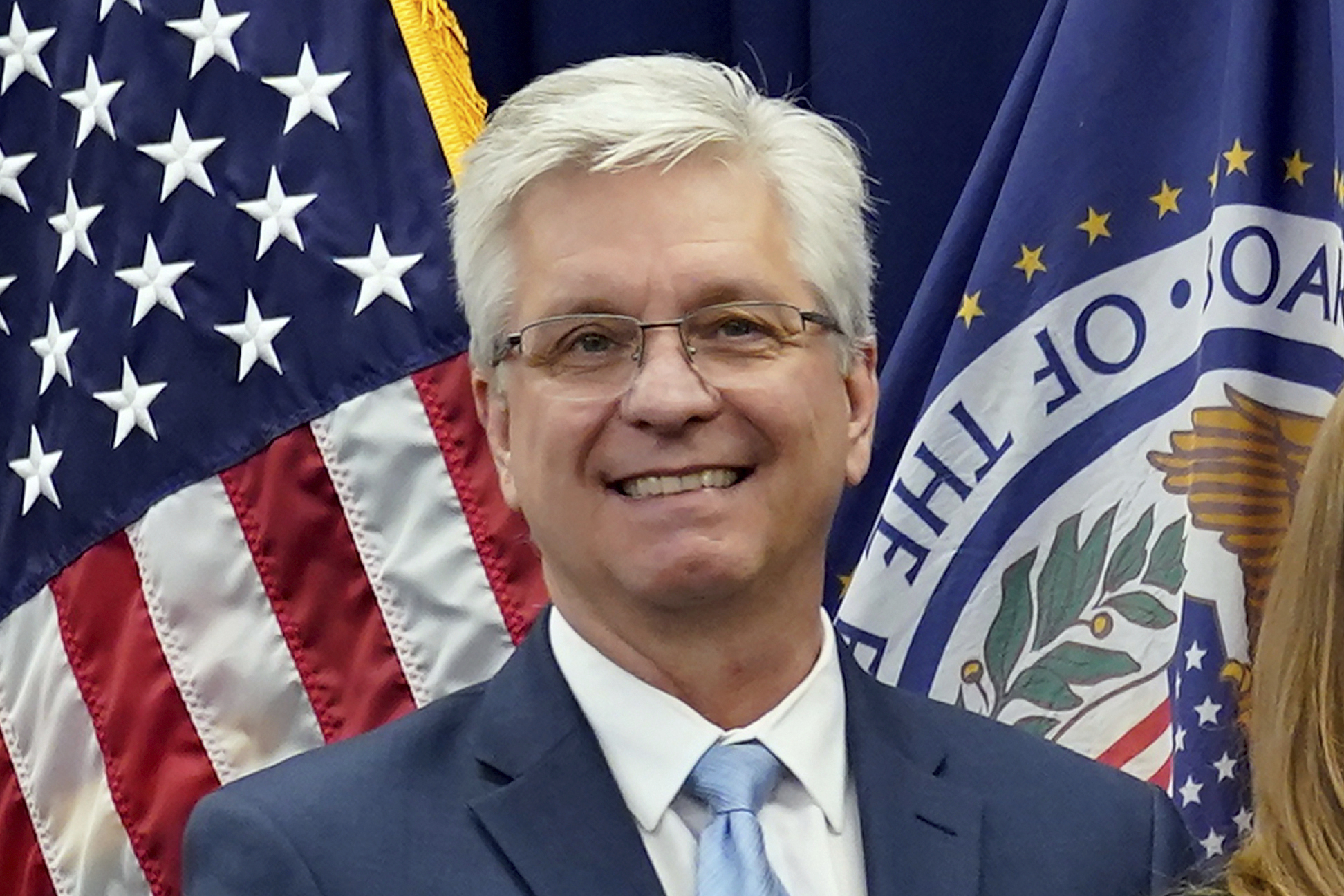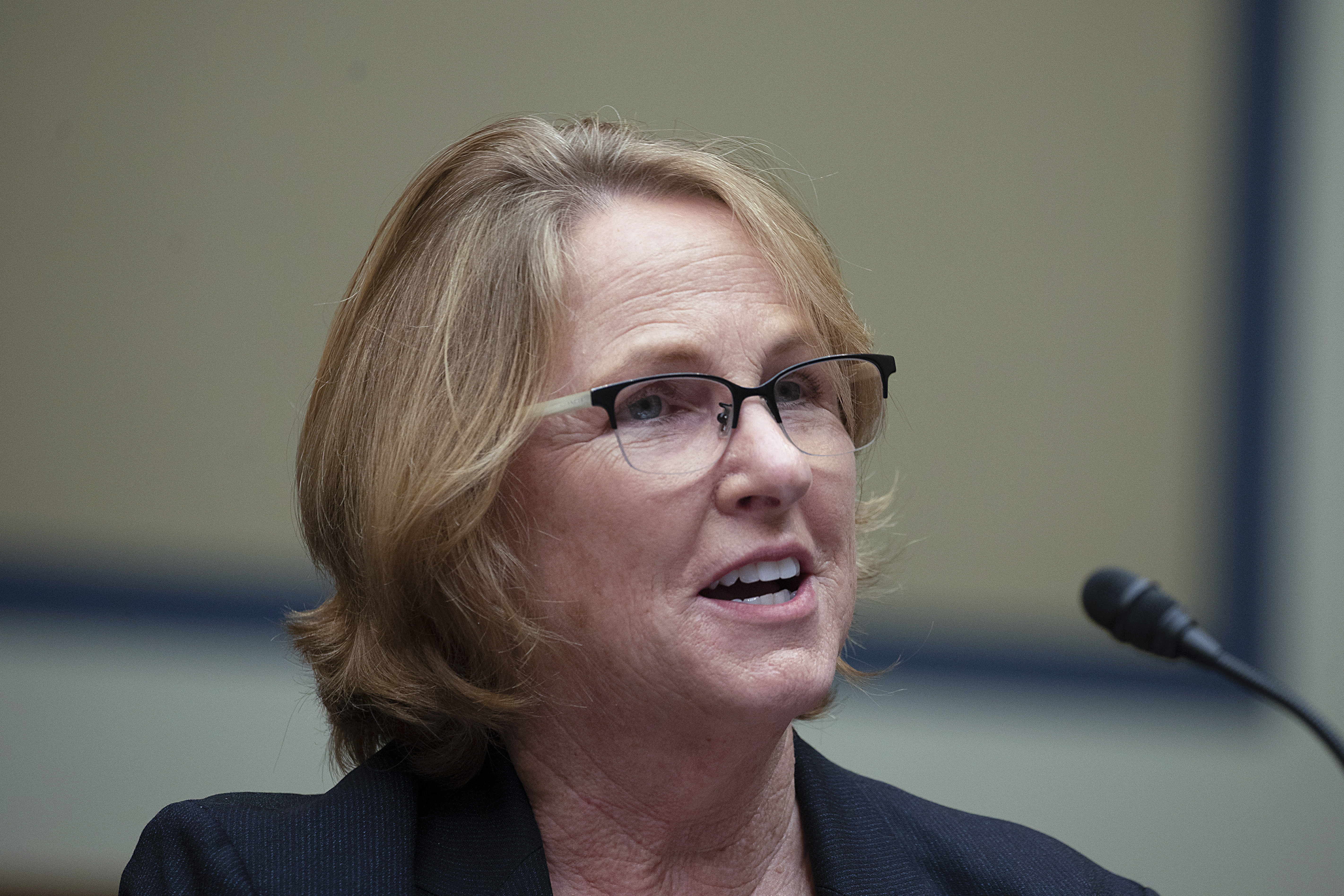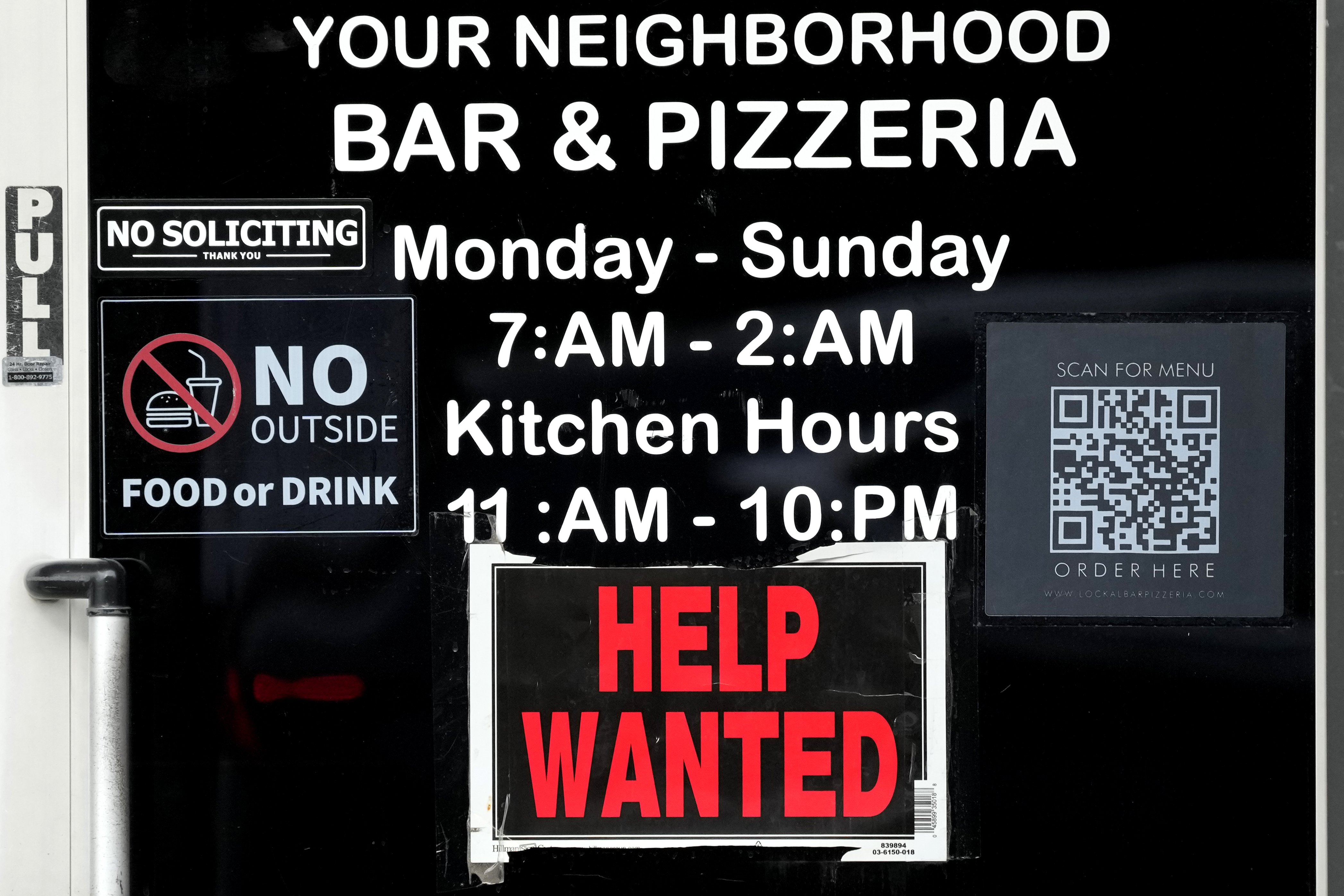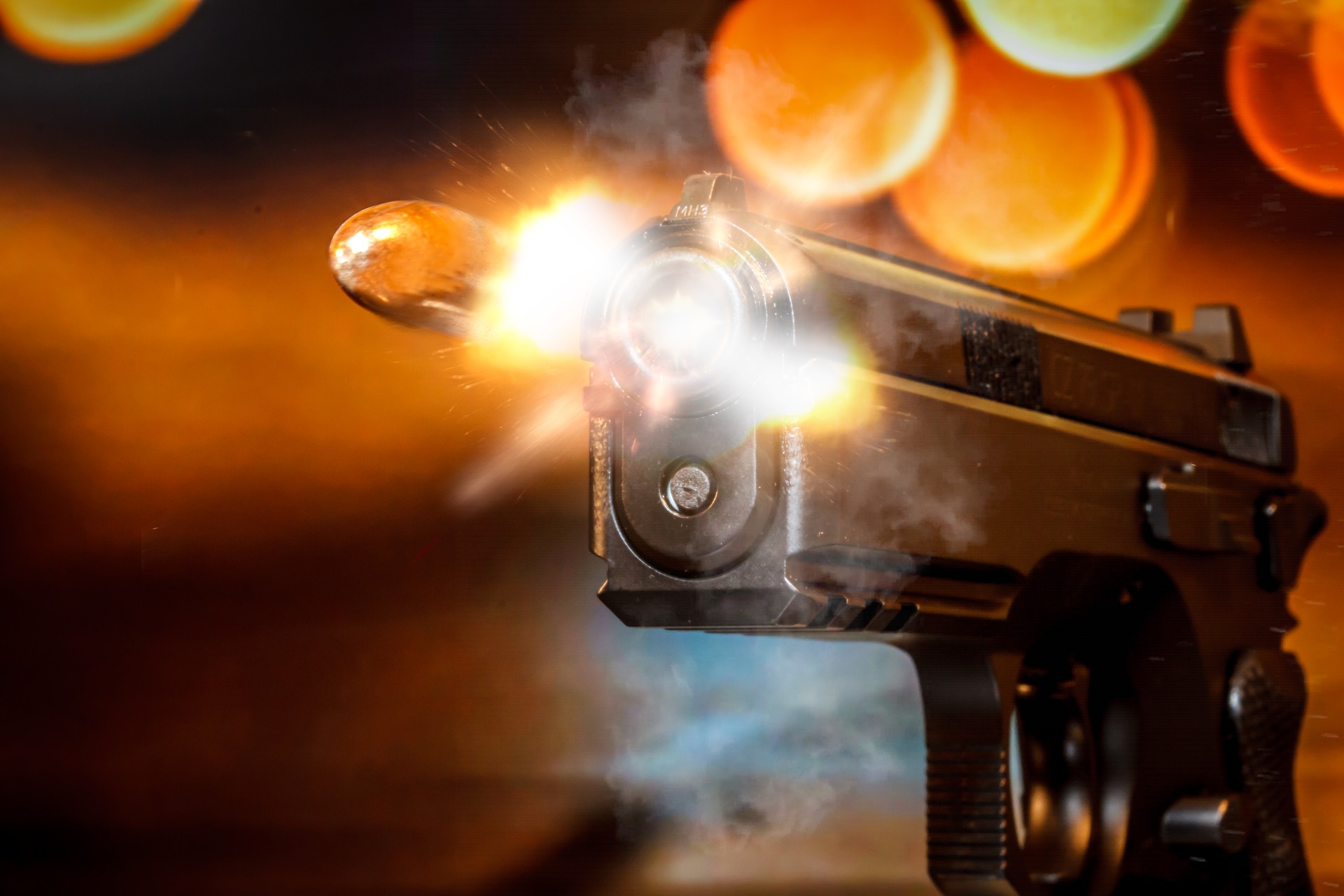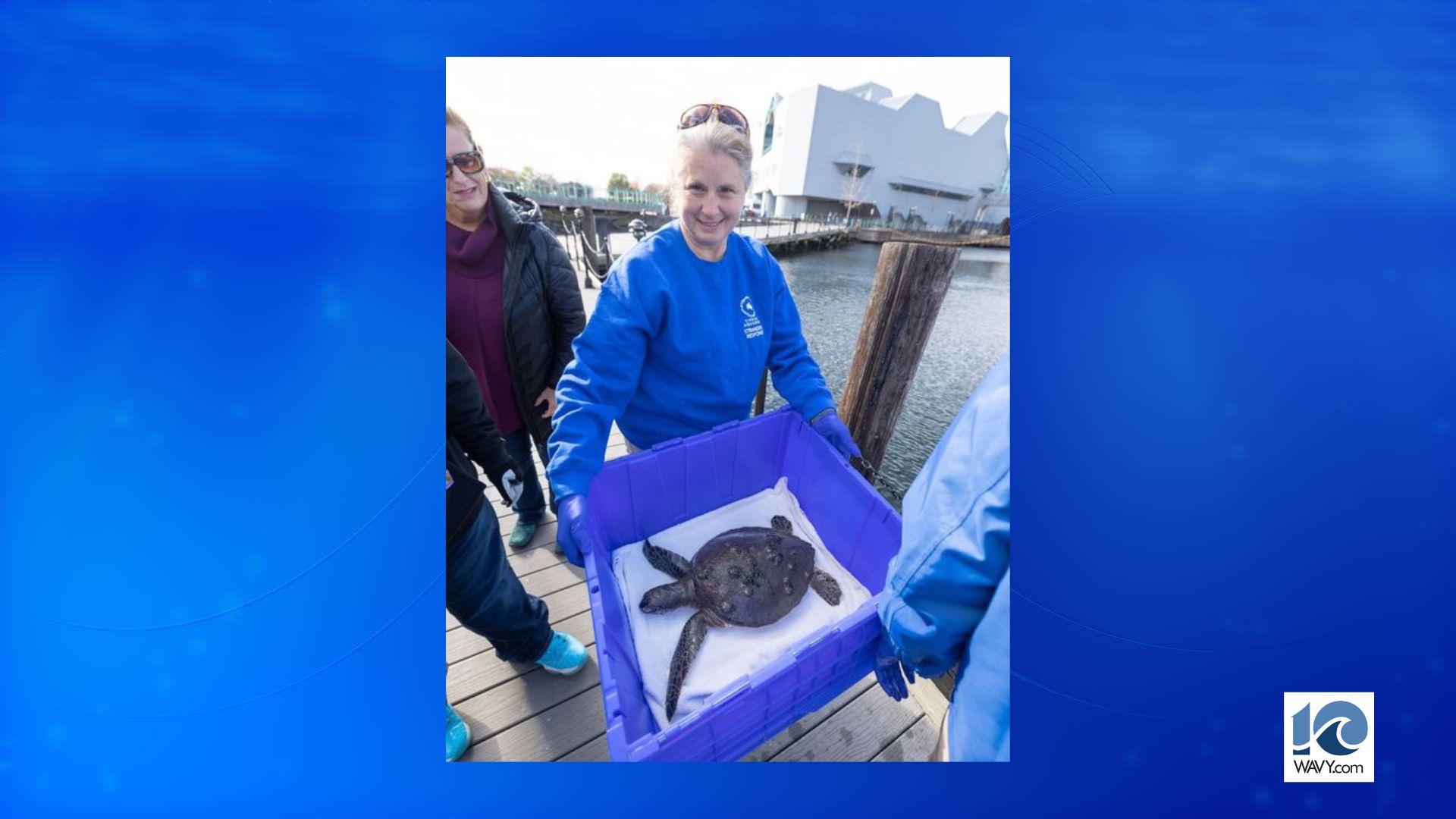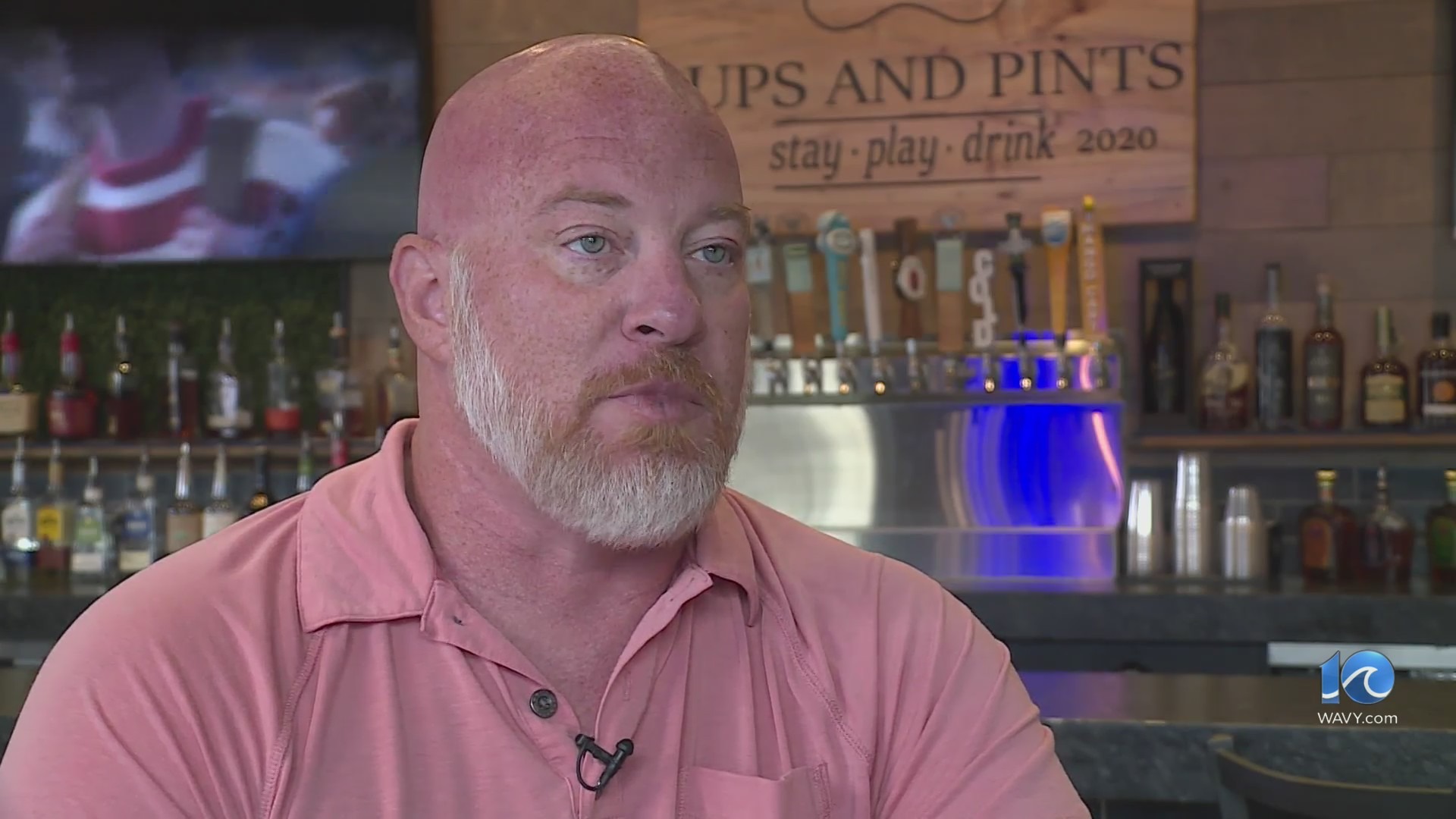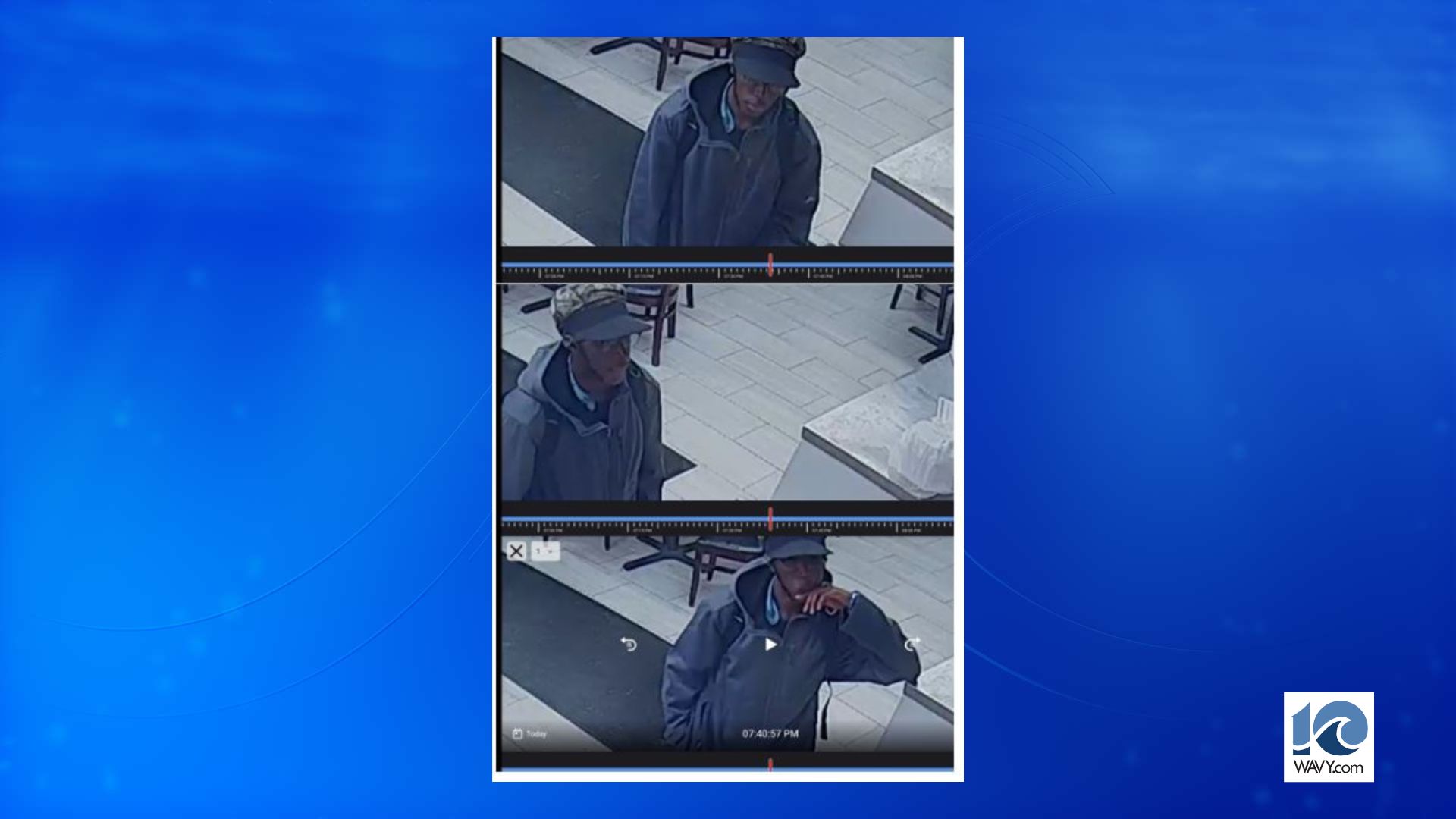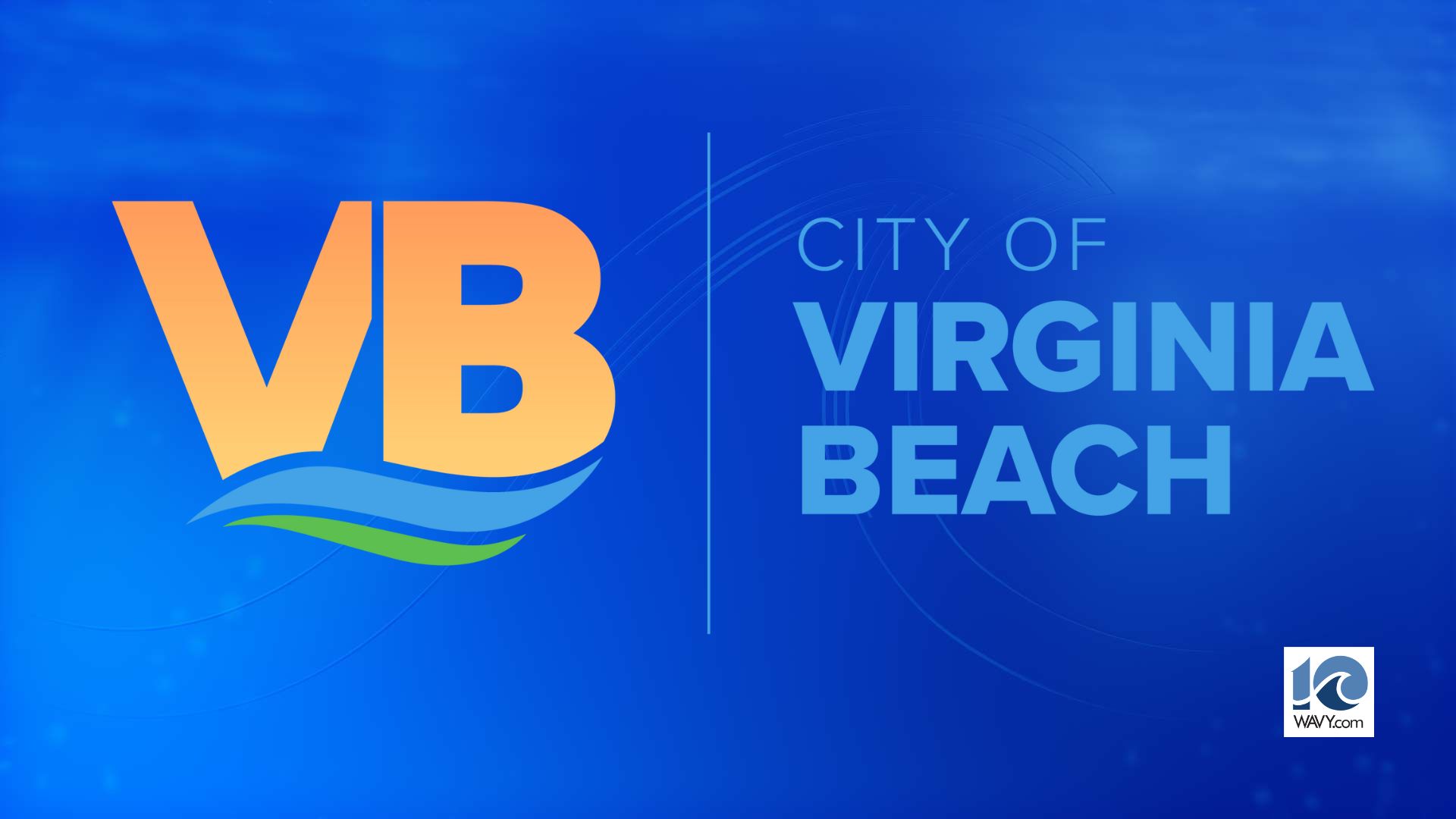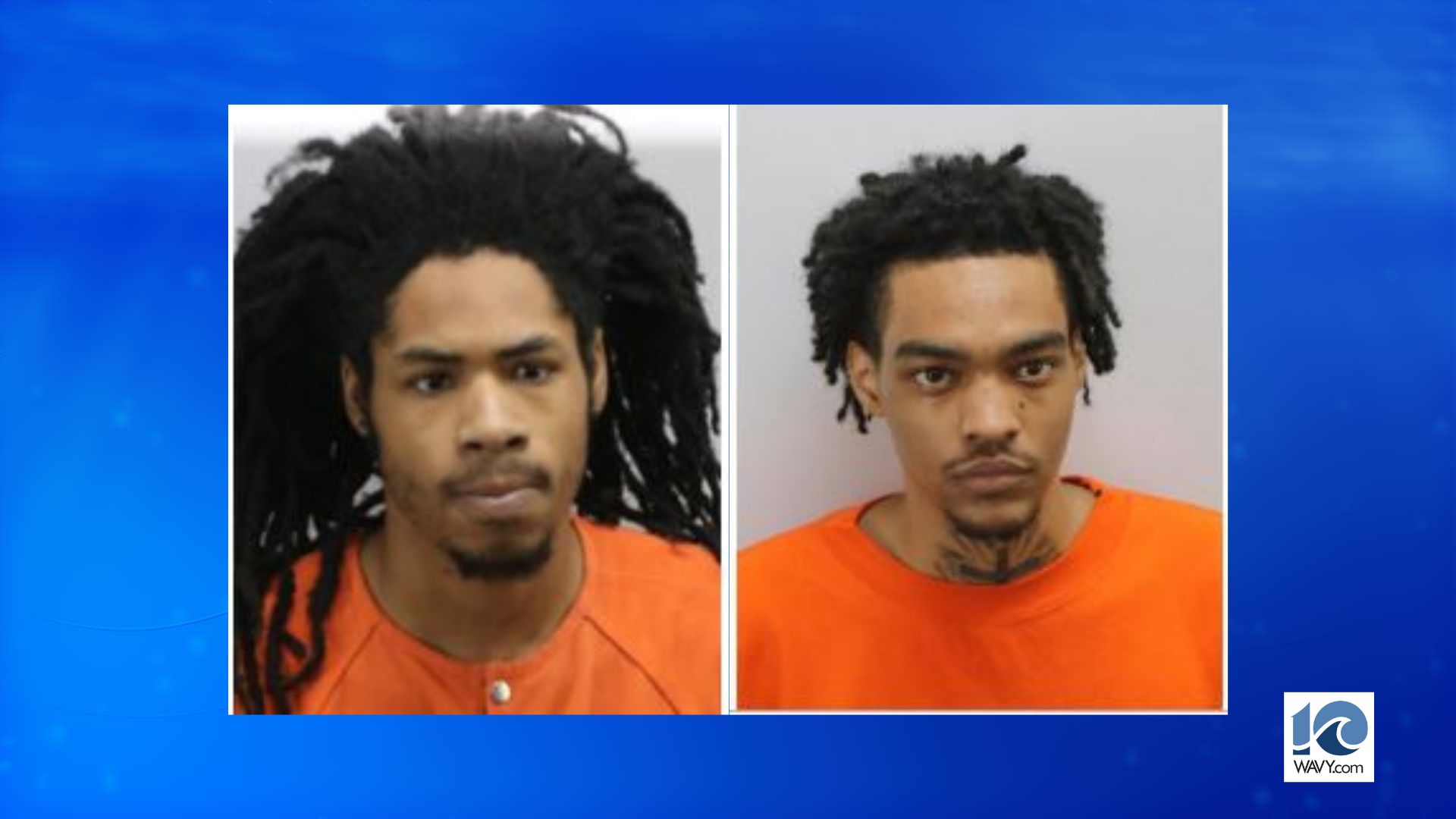HAMPTON, Va. (WAVY) – Testing has begun at NASA Langley Research Center in Hampton to help support missions to the moon.
Researchers are testing a scale model of NASA’s SLS Rocket inside the wind tunnel at the center. Understanding how the aerodynamic forces will affect the rocket.
NASA’s Space Launch System rocket is built to bring us back to the moon and has been tested for nearly a decade. Next Monday at 8:33 a.m. from Cape Canaveral Artemis I, an uncrewed rocket will blast off testing what scientists have learned here in the Transonic Wind Tunnel.
“Aerodynamics are important on a rocket, stick your hand out the wind of your car at 70 mph. There’s a very large aerodynamic force that pushes your hand back. You can imagine sticking your hand out the Orion space capsule at 700, 800, 900 miles per hour and the forces are enormous,” said Dave Piatak, Rocket Scientist at NASA Langley. “These forces push, pull, bend, break, and vibrate the rocket on its way to orbit. On its way to 17,500 mph which is orbital velocity.”
As the rocket ascends into the atmosphere, all of the aerodynamic forces happen in just two minutes. After that, the rocket begins to leave Earth’s atmosphere and heads into orbit.
The team of 20 here at Langley is currently testing Artemis IV, an even larger rocket capable of sending bigger payloads to the Moon. The model inside the tunnel is only 3 percent of the size of the normally 364 ft tall rocket.
“We do that with wind tunnels, we do that with computational fluid dynamics, supercomputers that are modeling the aerodynamic equations of the tiny fluid particles digitally,” said Piatak.
Inside the model are hundreds of microphones. Using those, they can find possible problem areas in the rocket during different phases of the launch.
“49.5 seconds into flight we hit Mach 0.9 and at that point we are undergoing the maximum transonic buffet environments,” Piatak explained.
At that point, the rocket is seeing the most stress as the high speeds can send shockwaves around the rocket causing it to shake and bend.
The launch on Monday will also teach the team valuable information.
“Post flight, analyze all of that data and compare it to the wind tunnel test data. Ensure that the vehicle is will understood, its safe to fly our crew on Artemis II.” said Piatak.
While the testing continues in the wind tunnel for Artemis IV, we can look at the aerodynamic forces and where the spots they are most focused on as this vehicle gets ready to launch in the coming years.




